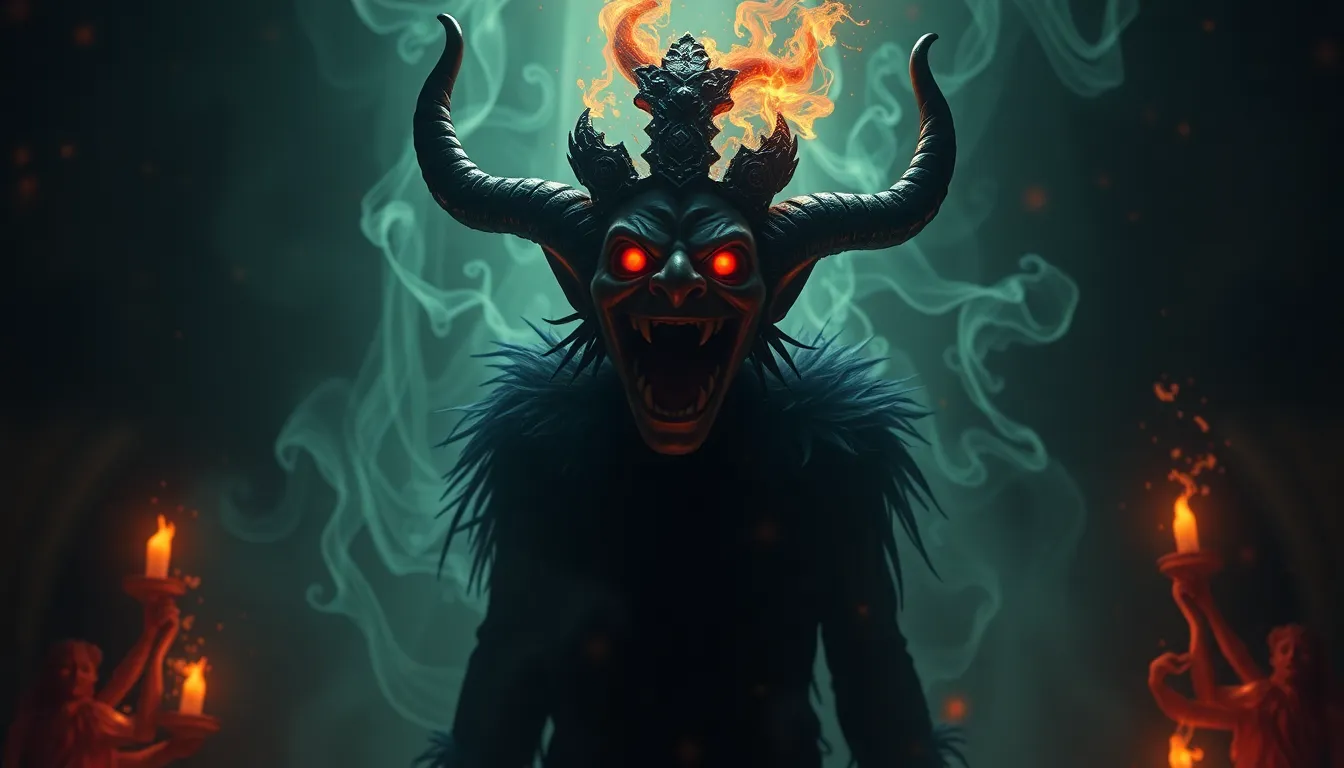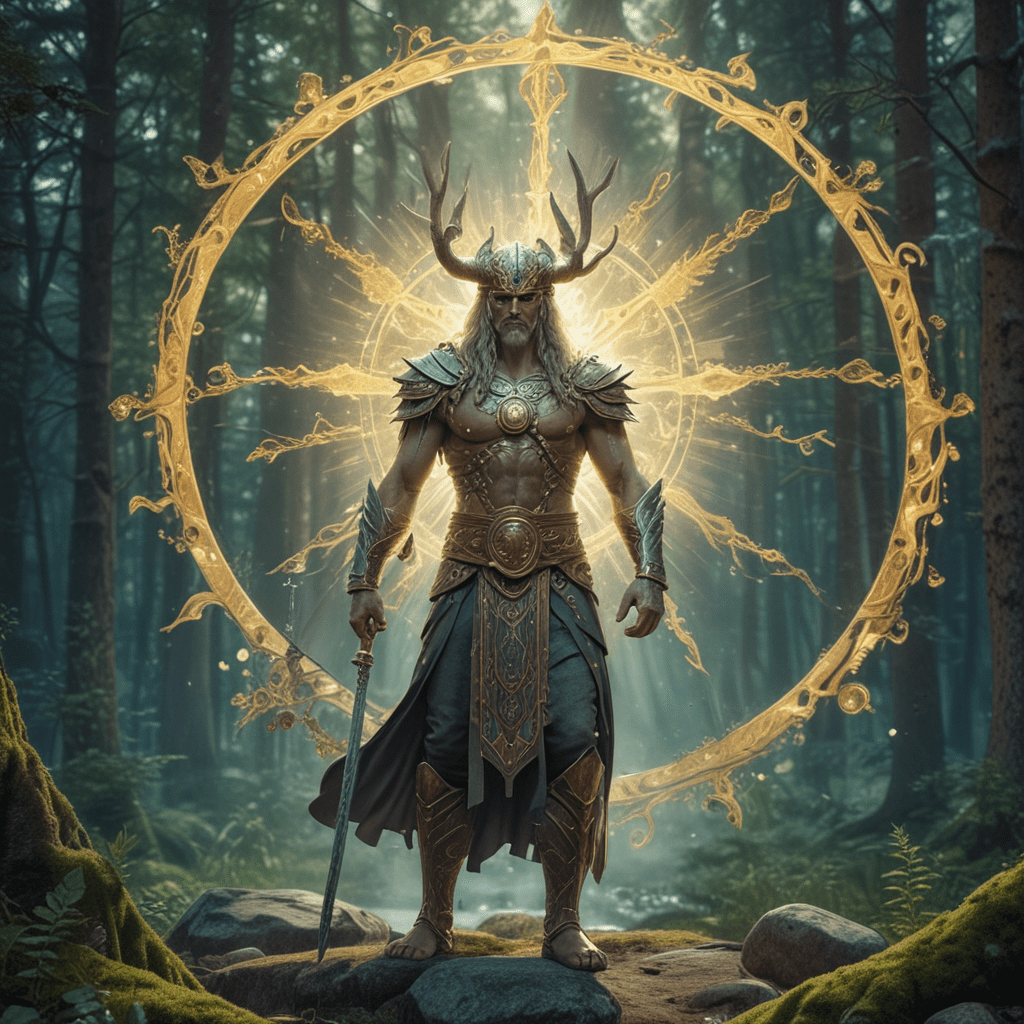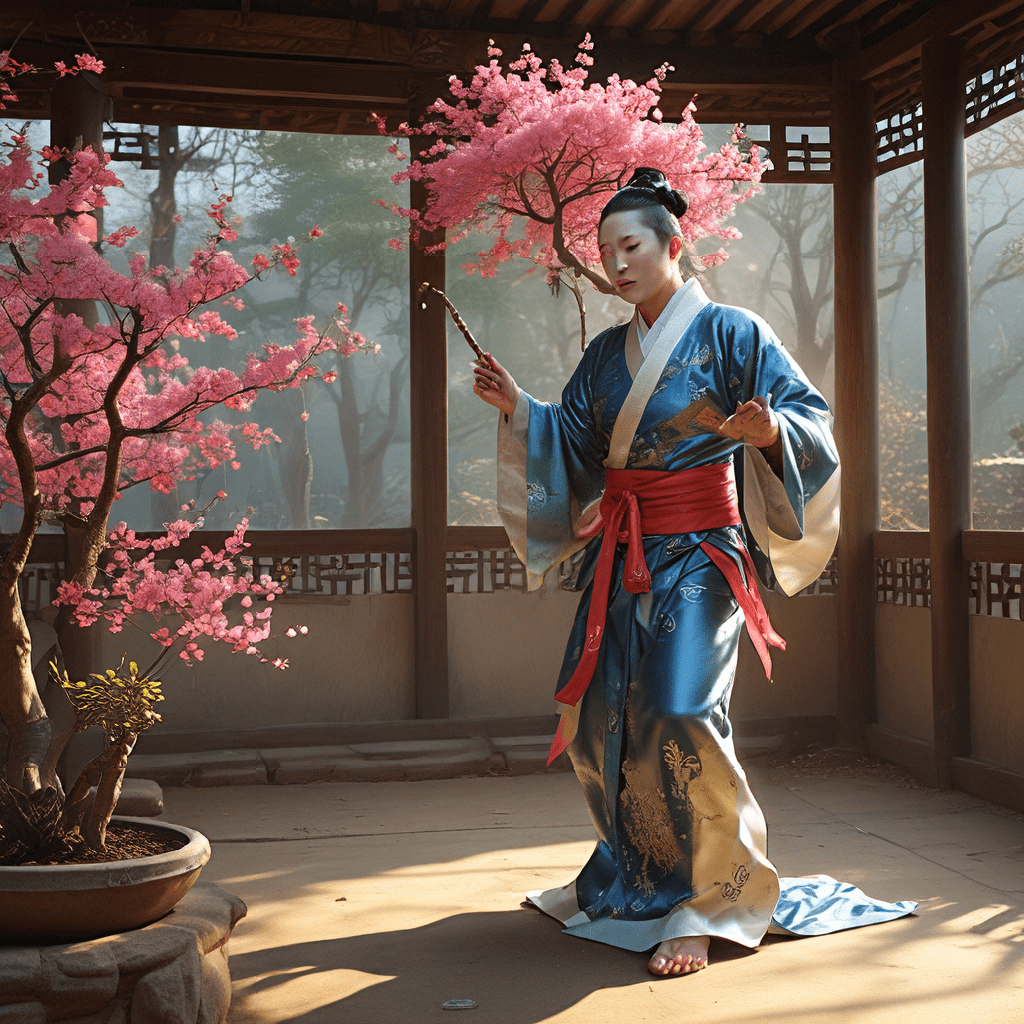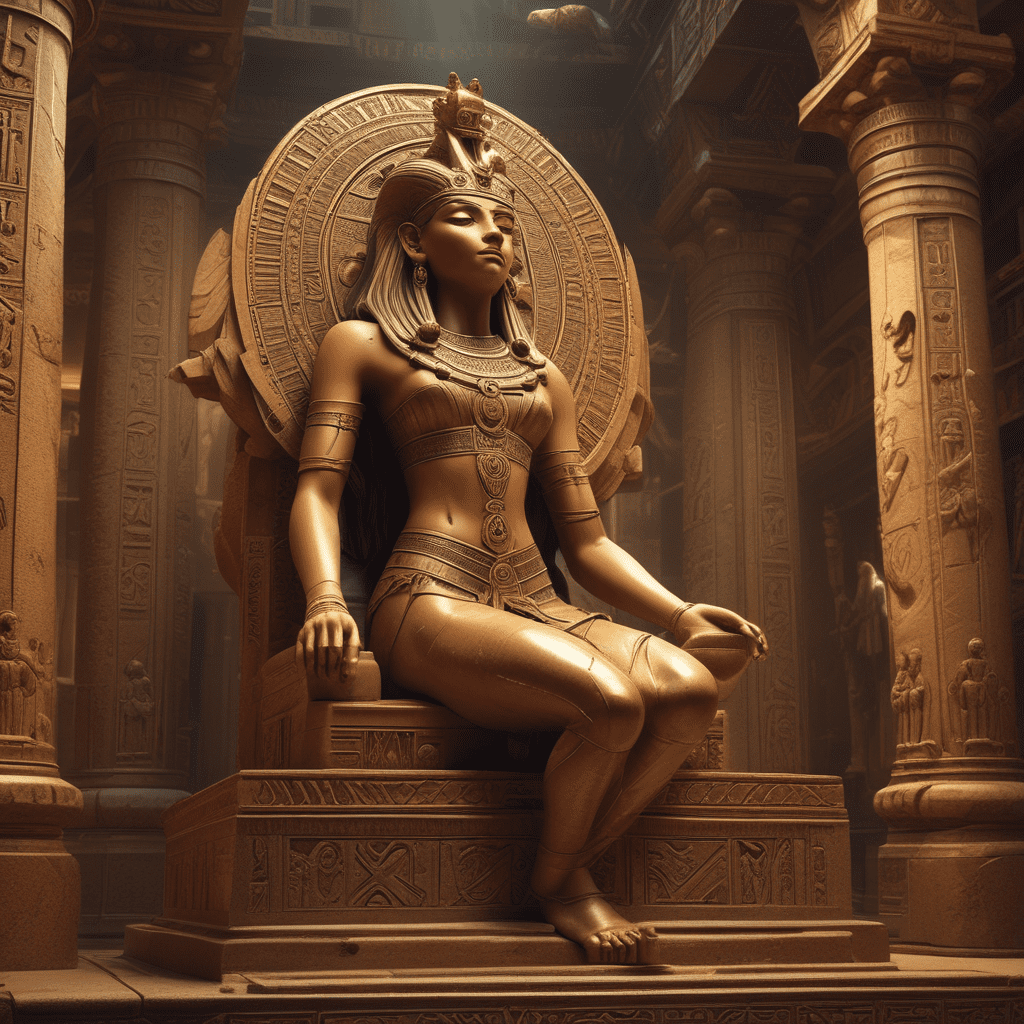Unmasking the Trickster: What Lies Behind the Laughs?
Introduction to the Trickster Archetype
The trickster is a compelling figure found throughout mythology and folklore, often embodying chaos, cunning, and humor. Traditionally, tricksters are characterized by their ability to manipulate their surroundings, deceive others, and challenge the status quo. From ancient myths to modern narratives, tricksters serve as a bridge between the ordinary and the extraordinary, often leading to transformative experiences.
Across various cultures, tricksters have held significant historical importance. They symbolize the complexities of human nature, reflecting both the light and dark aspects of society. This article aims to delve into the trickster archetype, exploring its psychological roots, cultural representations, and its impact on modern society.
The Psychology of Humor: Understanding the Trickster’s Appeal
Humor plays a vital role in human psychology, acting as a coping mechanism, a social bonding tool, and a means of questioning authority. Trickster figures, with their playful yet subversive nature, captivate audiences and invite them to explore the boundaries of humor.
We are drawn to tricksters for several reasons:
- They challenge societal norms and expectations.
- They provide a safe space for exploring taboo subjects.
- They evoke both laughter and discomfort, creating a complex emotional experience.
The dual nature of laughter—its ability to bring joy while simultaneously highlighting discomfort—makes the trickster a fascinating subject of study. Their antics force us to confront our beliefs and values, making laughter a powerful tool for social critique.
Cultural Representations of Tricksters in Myth and Literature
Throughout history, various trickster characters have emerged in myth and literature, each reflecting the values and norms of their respective cultures. Notable examples include:
- Loki: The Norse god of mischief, known for his cunning and ability to shape-shift.
- Hermes: The Greek messenger god, who embodies wit and trickery.
- Anansi: A West African spider god, often depicted as a clever storyteller.
These characters not only entertain but also critique societal values, often revealing the absurdities of human behavior. In contemporary literature and media, the trickster archetype continues to evolve, manifesting in various forms—from anti-heroes in novels to satirical characters in films.
The Trickster in Modern Society: From Clowns to Comedians
In today’s entertainment landscape, the trickster’s presence is pervasive, taking shape in diverse forms, including clowns, comedians, and satirists. These modern tricksters employ humor to challenge social norms and provoke thought.
Analyzing various comedic styles, we can identify several that embody trickster qualities:
- Satire: Comedians who use irony and ridicule to critique societal issues.
- Stand-up Comedy: Performers who share personal anecdotes, often highlighting absurdities in everyday life.
- Improvisation: Comedians who spontaneously create humor, embodying the unpredictability of tricksters.
The rise of social media has further amplified the trickster persona, allowing individuals to share their humor and critique society on a global scale. Platforms like Twitter and TikTok have given birth to new trickster figures who challenge norms and entertain audiences with their cleverness.
The Trickster as a Subverter of Norms
Tricksters are often seen as subverters of social conventions and authority. They challenge the established order, prompting audiences to question societal norms. Case studies of modern trickster figures include:
- Sarah Silverman: Known for her edgy humor that often tackles sensitive topics.
- John Oliver: A comedian who uses satire to critique political and social issues.
- Sacha Baron Cohen: His characters expose societal prejudices and absurdities through provocative humor.
However, this subversion can be a double-edged sword, as the line between humor and offense can often blur, leading to backlash and controversy.
Behind the Laughs: The Emotional Depth of the Trickster
While tricksters are often associated with humor, they also possess emotional depth. Their vulnerabilities and motivations can add layers to their narratives, making them relatable and complex characters. Exploring the intersection of laughter and pain, we find that many trickster tales reveal deeper truths about human experience.
Personal stories of real-life tricksters often highlight their struggles, showcasing how humor can emerge from pain. This emotional resonance allows audiences to connect with tricksters on a more profound level, leading to a richer understanding of their roles in society.
The Moral Lessons of the Trickster: Wisdom in Foolishness
Behind the antics of tricksters often lie valuable lessons. Their tales frequently impart wisdom related to resilience, adaptability, and creativity. Tricksters encourage us to think critically and question authority, emphasizing the importance of flexibility in navigating life’s challenges.
Some key insights from trickster tales include:
- The value of questioning established norms.
- The importance of creativity in problem-solving.
- The recognition that failure can lead to growth and learning.
Through their foolishness, tricksters often reveal profound truths about the human condition, prompting self-reflection and growth.
The Trickster in Art and Performance
The trickster’s influence extends beyond literature and comedy, permeating visual arts, theater, and performance art. Artists often utilize trickster themes to provoke thought and evoke emotion, challenging audiences to confront their beliefs.
In performance, the trickster can disrupt conventional storytelling, creating a space for dialogue and reflection. This impact on audience perception can lead to a deeper understanding of the complexities of society and human behavior.
Resistance and Rebellion: The Trickster as a Revolutionary Force
Tricksters have historically inspired change, serving as symbols of resistance and rebellion. They often emerge from marginalized communities, using their wit and cunning to challenge oppressive systems.
Examples of trickster figures who have sparked social movements include:
- Harriet Tubman: A clever strategist who led enslaved people to freedom.
- Robin Hood: A folk hero who subverted authority to aid the oppressed.
- Modern street artists: Creators who use their art to challenge societal norms and provoke thought.
The trickster’s potential to ignite social movements lies in their ability to inspire others to question authority and envision a different future.
Conclusion
The trickster archetype is a rich and multifaceted figure that continues to resonate across cultures and generations. From ancient myths to contemporary comedy, tricksters challenge societal norms, provoke laughter, and impart valuable lessons. By unmasking the trickster, we gain insight into the complexities of human nature and the power of humor to inspire change. As we navigate a world filled with challenges, embracing the wisdom of the trickster can help us cultivate resilience and creativity in our lives.



